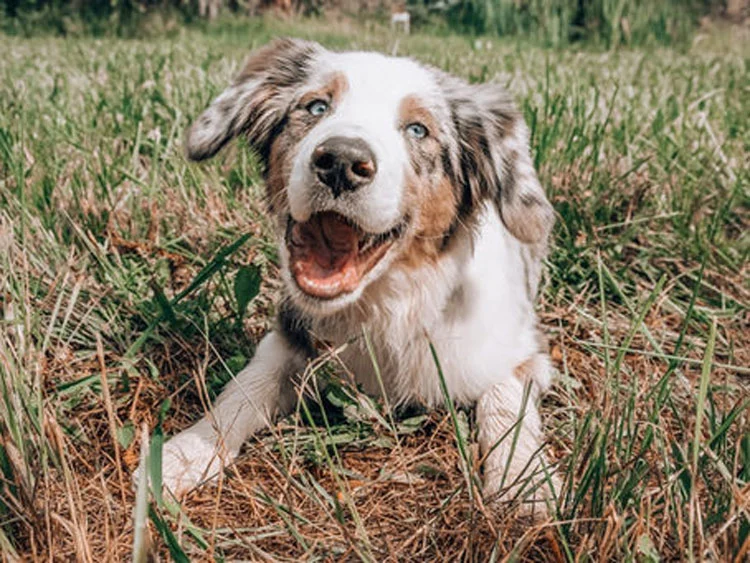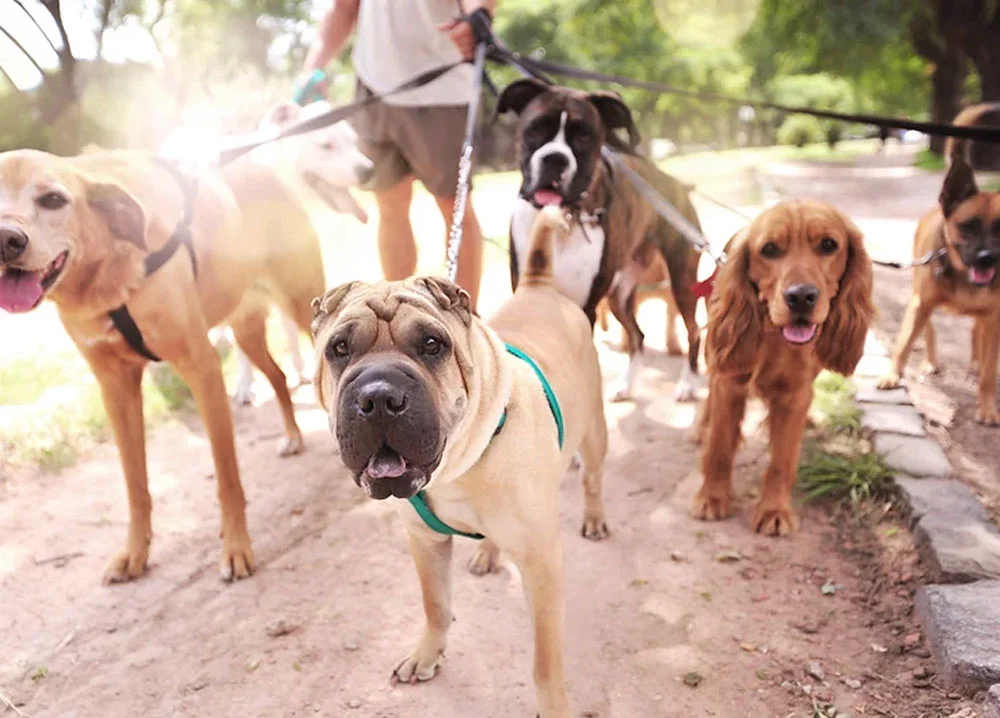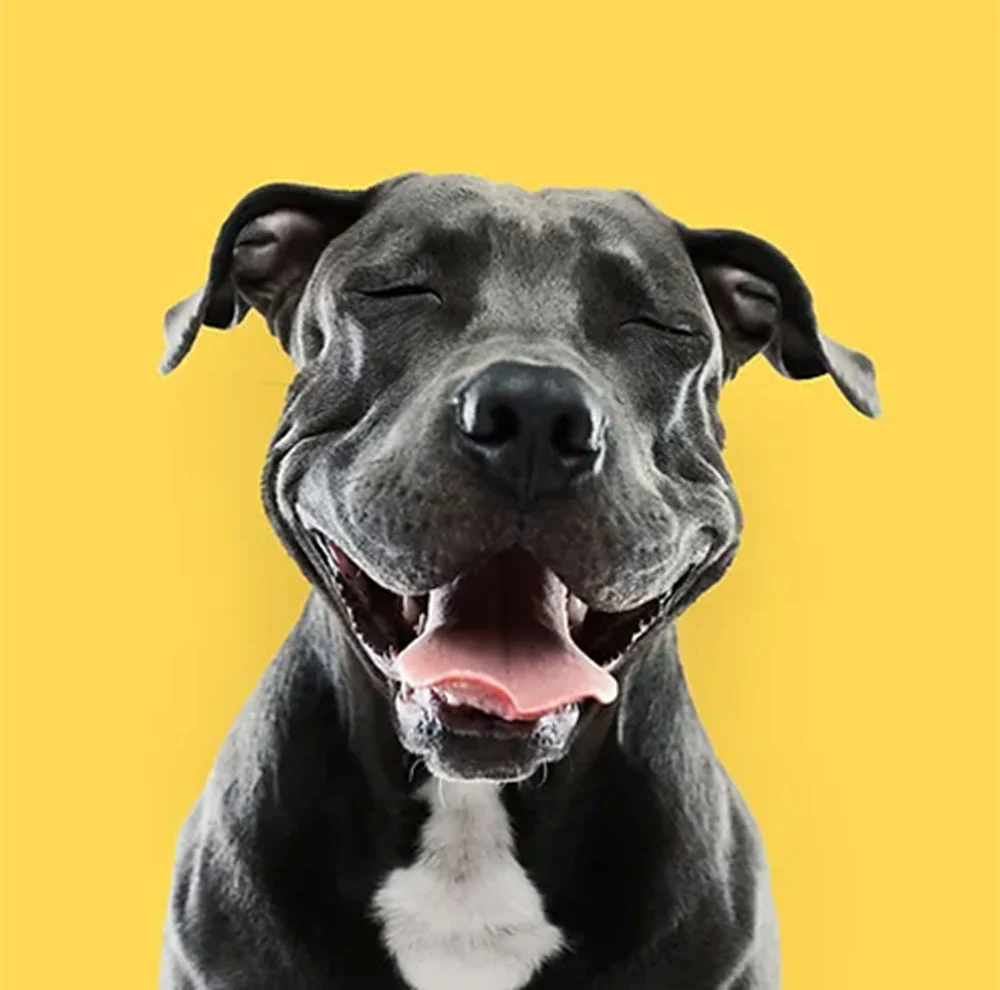
The Fourth of July is a joyous occasion filled with celebrations, family gatherings, and exciting events. As we indulge in the festivities, it’s crucial to remember the well-being of our furry friends and ensure they have a good time too. In this blog post, we will discuss some essential tips for pet safety during this festive period and invite you to join us for the Fourth of July Parade, where both you and your pets can have a fantastic time.
Be Mindful of Their Environment:
To keep our pets safe, it’s important to create a pet-friendly environment during the Fourth of July celebrations. Never leave alcohol unattended around them, as it can be harmful if ingested. Moreover, if you use sunscreen or insect repellent, make sure to choose products specifically designed for pets, as certain ingredients in human products can be toxic to animals.
Stick to Their Regular Diet:
Maintaining your pet’s regular diet is crucial for their well-being, even during festive occasions. Although it can be tempting to share special treats with them, sticking to their usual diet will help prevent any digestive issues or discomfort. If you want to include them in the celebrations, you can offer them pet-friendly treats or prepare homemade treats with safe ingredients.
Keep the Day Stress-Free:
The Fourth of July can be overwhelming for some pets due to loud noises, crowds, and unfamiliar activities. To ensure their well-being, keeping the day as stress-free as possible is essential. Pay close attention to your pet’s body language and behavior, and if you notice signs of anxiety or distress, create a calm and safe space indoors where they can retreat from the noise and commotion.
Fireworks Safety:
Fireworks are a significant part of Fourth of July celebrations but can be frightening for many animals. The loud noises and bright lights can cause anxiety or even panic in pets. If your pet is anxious around fireworks, it’s best to keep them indoors during the festivities. Close the windows, draw the curtains, and provide them with comforting distractions, such as their favorite toys or a cozy den-like space where they can feel safe.
Preventing Escapes:
Unfortunately, more pets go missing on the Fourth of July than any other holiday. The sudden noises and disturbances can cause animals to become frightened and run away. To prevent escapes, ensure that your pet has a secure collar with identification tags and that their microchip information is current. If you’re joining the parade or attending outdoor events, keep your pets on a leash or harness to avoid any sudden surprises that may cause them to bolt.
Conclusion:
This Fourth of July, let’s celebrate responsibly by keeping our pets safe and ensuring they can enjoy the festivities alongside us. By following these tips, you can protect your furry friends from potential hazards and create a stress-free environment for them to thrive. If you’re looking for a delightful way to celebrate, we invite you to join us at the Fourth of July Parade, where you and your pets can partake in the merriment and make lasting memories. Let’s make this holiday a happy and safe one for everyone, including our beloved pets!

April is Heartworm Awarness Month in Texas, and it’s the perfect time to make sure that your furry friend is protected from this potentially life-threatening disease. In Texas, heartworms are a year-round threat due to the warm and humid climate, which provides ideal breeding conditions for mosquitoes. These pesky insects are the primary mode of transmission for heartworm disease, and it only takes one bite from an infected mosquito to put your dog at risk. As pet owners, we all want to ensure that our furry friends are healthy and happy. That’s why it’s important to spread awareness about heartworm disease, especially during Heartworm Awareness Month in April.
Fortunately, heartworm disease is preventable with the right care. Heartworms are transmitted through mosquito bites and can cause serious damage to a dog’s heart and lungs if left untreated. Unfortunately, it’s not just outdoor dogs that are at risk – even indoor dogs can contract heartworms if they are bitten by an infected mosquito.
Prevention is key when it comes to heartworms. Monthly heartworm medication is a simple and effective way to protect your dog from this potentially deadly disease. It’s important to stay consistent with administering the medication, as missing even one dose can put your dog at risk.
In addition to medication, you can also take other preventive measures such as using mosquito repellents and keeping your yard clean of standing water where mosquitoes can breed. The most effective way to protect your dog from heartworms is to give them a monthly preventive medication. These medications are available in a variety of forms, including chewable tablets, topical treatments, and injections. Your veterinarian can recommend the best option for your pet based on their health status, age, and lifestyle.

In addition to medication, there are other steps you can take to reduce the risk of heartworm disease in your pet. These include:
- Reducing your pet’s exposure to mosquitoes by keeping them indoors during peak mosquito activity times (dawn and dusk).
- Removing standing water from your property to eliminate mosquito breeding sites.
- Using mosquito repellents on your pet, such as sprays or collars, when they are outside.
At the Kingwood Pet Resort in Texas, we take heartworm prevention seriously.
This Heartworm Prevention Month, take the necessary steps to protect your pet from heartworm disease. Schedule a wellness visit with your veterinarian and make sure your furry friend is up-to-date on their heartworm preventive medication. Together, we can keep our pets happy, healthy, and heartworm-free.

What We Say When We Talk With Dogs
And what it tells us about an ancient relationship.
“What is it about dogs that makes intelligent men, gifted women — great minds — look at them and say [in baby-talk voice], ‘Who’s a good boy? . . . Wooj a whajeejeeb?’”
– Stephen Colbert
In her fascinating book, Our Dogs, Ourselves: The Story of a Singular Bond, Alexandra Horowitz, one of the world’s leading dog cognition scientists, begins a chapter about how people talk to their dogs with this quote from Stephen Colbert. Her aim in the chapter is to document the things people say to their dogs to shed some much-needed light on this little-explored area of cross-species communication.
It’s so natural to talk to dogs that for me I wasn’t even aware when I did it. But now I have evidence that I — that we all — talk to our dogs.
Everywhere we go we encounter dogs: on the sidewalk, in the parks, in stores and airports, at readings, and of course at Kingwood Pet Resort. Most of the dogs are with people. Consequently, it is not long before I hear people talking to their dogs. Sure, much of what we say to dogs is request or command, exclamation points implied: Sit; Come; Go Get Your Ball. Once we begin really listening, you’ll be surprised at how much is not mere directive.
The more I know the more I hear.
“You’re so cute and so smart. And worth money! I could marry you.”
(Woman to her Goldendoodle)

Once I began listening for other owners’ dog-directed soliloquies, I found that they were commonplace. I might catch two or three conversational snippets on a long walk. It seems as though the act of a person walking by sometimes prompted an owner’s conversational opening to her dog — as though to emphasize how not-walking-slowly-down-the-sidewalk-alone she is. Not at all alone: She is with someone.
“What are you even doing? I don’t understand you.”
(Woman to her very sniffy black-and-white dog)
As every “Hi, puppy!” directed dogward demonstrates, the way we talk to dogs overlaps with the way we talk to babies. A Harris poll found that 95 percent of us consider dogs our family — so are we simply talking to them as if they were our children? “Pet-directed speech” certainly shares many features with baby talk: We raise the pitch of our voice and make it singsongy. We use a fairly limited vocabulary with infants, and with dogs too: more “You’ve been bad” than “What you did was morally indefensible.” Language is telegraphed: We tend to repeat words, slow our speech, shorten phrases and drop some categories of words.
On the other hand, when speaking to infants, we hyperarticulate our vowels: exaggeratedly saying Look at the doggeeeeee! to babies — but not nearly as much to dogs. It’s a subtle but key difference that marks a rift in our ways of thinking about kids and pups. Hyperarticulation is didactic, a way of teaching a growing human our language. When we are talking to dogs, we are under no illusion that they will grow up to use the language themselves.
In the spirit of conversation that doesn’t need an answer, we turn question marks toward our pups, engaging them as if they might respond — and then waiting a beat to give them due time to so reply. Behind every unanswered question is the feeling that we might know the answer, given that we and our dogs live together, see each other naked, and obviously know everything about each other. Hence the reliable appearance of the We’ve Discussed This utterances (dog’s full family name implied)…

Most of the animal speak I overhear, is seemingly not intended for my ears. But when we talk to dogs around others, it serves as a social lubricant, a way to open up the possibility of talking to each other. “What’s your name?” said dog-ward is never answered — except, obligingly, by a dog’s owner. Dogs are not only reflections of us, they are social intermediaries for us. Any hesitation I may have about a person approaching me on the street is deflected by my dog Nyx’s smiling, wag-filled greeting of them; in response, they talk not to me, but to the dog. Dogs are, of course, the preoccupation of our minds: we hope for them, care for them, love them. We narrate our thoughts while we watch them, and their thoughts while they accompany us.
One of the things we say to our dogs daily — two-thirds of us, according to one survey of North American pet owners — is I love you. Even the simple sound of our voice is an expression of that love, regardless of the content of the words we say. Through talking to them, we let them into an intimacy with us. They hear our secrets, our private thoughts.
So now you know: Pass me on the sidewalk, and I may be listening. Please don’t let it stop you from talking. It makes me feel optimistic about humans to hear us talk to other animals. We are at our best in those moments when we extend the circle we’ve drawn around ourselves to include them.








